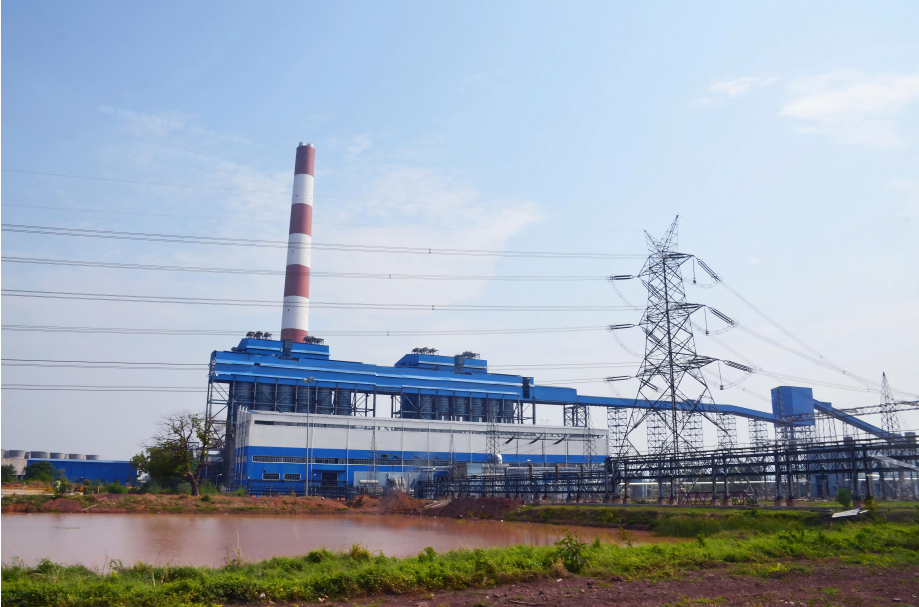
+86 18660102967 +86 18615518078
info@runh.com
Coal-fired power plants remain a dominant force in electricity generation in the majority of the globe, particularly in countries with large coal deposits. While there has been the emergence of renewable energy sources, coal remains a cheap and promising fuel. Among the most critical factors in ensuring the constant and optimal performance of these plants is an optimally integrated coal supply chain. A few of the major segments include the coal supply, coal storage and handling, and coal transport systems of a coal-fired power plant.
All of these segments are explained regarding how they operate independently and how they complement each other to enable efficient power generation.

The coal-fired power plant's coal supply chain begins with the purchase of raw coal from mines. The coal could be purchased domestically or imported from other countries, depending on the geography of the plant and national energy policy. The supply contracts are typically long-term to ensure consistency of coal quality and price stability.
l Coal Quality: Calorific value, ash content, moisture content, and sulfur content are among the most important factors in determining the performance and the environmental implications of a coal-fired power plant.
l Supplier Reliability: Coal supply has to be constant, especially during the peak demand period. Plants would like to have several suppliers for diversification and safeguarding against risks.
l Cost and Logistics: The cost of coal delivered is not merely raw material cost but also transportation, handling cost, and taxes or port charges.
The coal-fired power plant's coal supply, as planned, ensures plant efficiency and reduces the likelihood of fuel shortage-related outages.
Coal has to be transported economically to the power plant when it becomes available. Coal-fired power plant coal transport systems are responsible for this operation. The transport mode depends on distance, terrain, and infrastructure.
l Rail Systems: It is the most used medium for long-distance transportation of coal. Trains can carry enormous tons of coal and are inexpensive over land.
l Conveyor Belts: Ideal for small distances, i.e., transportation of coal from a local mine or port to the power plant. Large power plants have direct connectivity to local mines through conveyors.
l Barges and Ships: If there are plants on rivers or coastlines, waterborne transport is an inexpensive way of carrying a large amount of coal. Seaborne transport is especially important for imported coal.
l Truck Haulage: Suitable for small-scale local hauls if there is no conveyor or rail facility. But trucks are less efficient and more polluting for large-scale use.
Coal-fired power plant coal transport systems also incorporate automation and monitoring equipment for loss minimization, timing maximization, and ensuring environmental regulation compliance (e.g., dust suppression).
Coal-fired power plant coal handling and storage is the second process that takes place upon the coal's arrival at the power plant. It is a part of the plant operation that prepares the coal and puts it into a condition to achieve maximum combustion and minimum environmental impact.
l Unloading Equipment: Rotary dumpers, hoppers, or cranes unload trains, ships, or trucks to discharge coal.
l Crushing and Screening: Raw coal is generally crushed to a uniform size to aid efficient combustion in the boiler. Screening is also used to eliminate oversized or undersized material.
l Conveyors and Stackers: Conveyors and stackers move coal from unloading points to storage yards or silos.
l Sampling and Quality Control: Constant sampling of the coal keeps the material within combustion and environmental limits.
l Open Stockpiles: massive outdoor stockpiles of coal. Although inexpensive, they require dust and runoff control.
l Covered Storage (Silos or Domes): Offer better weather protection and less exposure to the environment. The majority of the newer facilities are moving toward covered storage for more efficiency and compliance.
The perfect coal-fired power plant coal storage and handling system reduces loss, suppresses spontaneous combustion, and offers consistent fuel delivery to the boilers.
The entire chain of coal supply must work in perfect harmony. Interruption at any level can initiate operational inefficiencies, cost overruns, or plant shutdowns.
Most modern power plants today utilize computerized supply chain management systems for monitoring and managing fuel logistics. These include such features as real-time tracking of shipments, preventive maintenance of the fleet, and automation of stockpiles.
Coal handling to produce electricity has serious environmental responsibilities. The best practices in coal handling are:
l Dust Control Systems: Enclosures, misting systems, and vacuum extractors reduce particulate emissions when handling.
l Control of Water Runoff: Efficient drainage systems reduce contamination by coal piles.
l Prevention of Spills: Handling and containment reduce environmental hazards and coal loss.
In addition to the reductions in emissions and plant efficiency already described, further reductions can be obtained quite substantially by optimization of low-sulfur, low-ash coal supply to the power plant.
In coal power generation, fuel supply and preparation directly affect plant efficiency, environmental regulations, and economics. Proper supply chains, including coal-fired power plant coal supply, coal transport systems, and coal handling and storage, are necessary to provide smooth operation and reliability of energy.
As the power sector changes, the majority of coal-fired power plants are investing more in newer, automated, and green coal supply chain facilities. This not only helps them comply with regulatory demands but also prepares them for increased efficiency and long-term prosperity.
+86 18660102967 +86 18615518078
Block C,Yinfeng Fortune Plaza, No.1 Long'ao West Road, Lixia District, Jinan, China.
Copyright © Runh Power 2025 All rights reserved